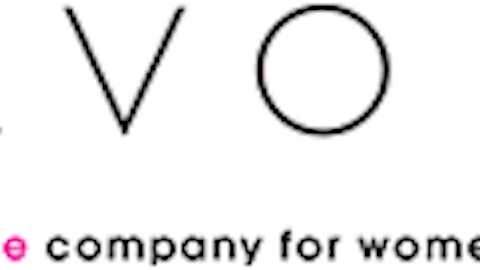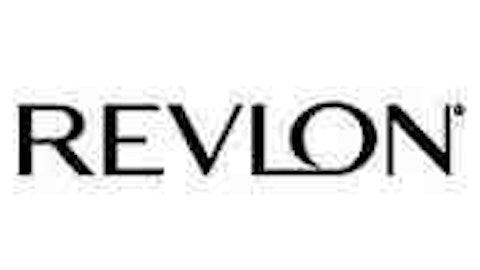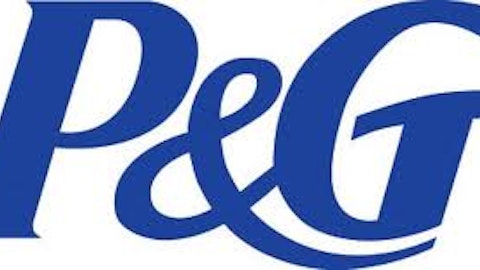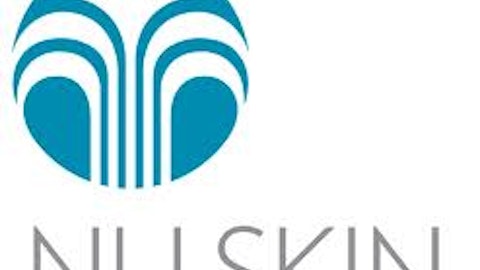After Revlon Inc (NYSE:REV) surged some 7% earlier last week, it’s time for investors to take a close look at the consumer-discretionary industry that is makeup. Earlier this week, Revlon announced plans to reacquire The Colomer Group for $660 million. This is a big move for Revlon, which is a $1.3 billion company, much smaller than major peers.
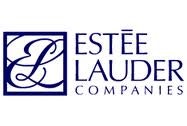
Revlon Inc (NYSE:REV) offers a variety of cosmetic products, including women’s hair color, beauty tools, fragrances, skincare and other beauty-care products. The Colomer acquisition will make Revlon one of the top producers of hair dye.
Some 13 years ago, Revlon Inc (NYSE:REV) sold Colomer to CVC Capital Partners, and now it’s buying it back. Investors see the move as a big positive. The Revlon CEO notes that
Colomer’s presence in the professional salon channel, which Revlon Inc (NYSE:REV) currently does not serve, will expand our product offering and enable us to reach new consumers. We plan to capitalize on TCG’s extensive geographic and channel distribution, and leverage our collective innovation capability and leadership as we seek to drive growth across our expanded portfolio of brands.
As the economy rebounds, so should the personal-products industry. Being discretionary products, the cosmetic market is somewhat tied to employment, and so a rise in employment will boost these companies’ earnings.
Strength in Latin America
Avon Products, Inc. (NYSE:AVP) is over a century old and operates in 65 countries. Latin America is Avon’s bread-and-butter, accounting for nearly 50% of revenue. The company saw revenue down 5% in 2012, thanks in part to inventory issues related to serving its key Brazilian market.
As a result, toward the end of 2012 the company slashed its dividend from $0.23 per quarter to $0.06, and reduced its goal to mid-single digit growth for revenue and a low double-digit operating margin over the next three years.
Second-quarter EPS came in at $0.29, compared to $0.20 for the same period last year, beating EPS consensus but missing on revenue. The beat was driven by a higher operating margin in Latin America and Europe, the Middle East & Africa.
Despite the struggles in Brazil, Avon Products, Inc. (NYSE:AVP) is actively looking to improve its distribution. The company recently completed a $150 million state-of-the-art distribution site Brazil, with the capacity to ship 70% of Brazil’s total unit volume.
The behemoth
Estee Lauder Companies Inc (NYSE:EL) is one of the top manufacturers of skin care and makeup products, with a $25 billion-plus market cap. It also has a solid geographical revenue mix: 40% from the Americas, 37% from Europe, the Middle East and Africa, and 23% Asia.
Its major products, skincare products and makeup, both make up around 40% of revenue each. Its portfolio is unrivaled, with key names that include Estee Lauder Companies Inc (NYSE:EL), Aramis, Clinique, Tommy Hilfiger and Origins.
One of the keys for Estee Lauder Companies Inc (NYSE:EL)’s skincare portfolio is the aging baby boomer population, which should promote high demand for anti-aging products. In the meantime, Estee is turning to emerging markets. Like Avon Products, Inc. (NYSE:AVP), Brazil is Estee’s fastest-growing market. The beauty about the emerging markets is that they have one of the fastest-growing middle class populations, which are big purchasers of cosmetics.
Bottom line
Estee Lauder Companies Inc (NYSE:EL) and Revlon Inc (NYSE:REV) trade relatively in line on a P/E basis, with Avon Products, Inc. (NYSE:AVP) having an incalculable trailing P/E due to negative earnings.

We could just leave it there and say that Estee and Revlon are comparable picks for investing in the cosmetic industry. However, if we dig a bit deeper, we find that Avon might in fact be the best investment.
On a forward P/E basis, Avon trades at only 16.4 times. Taking into account analysts’ five-year EPS growth expectations, we find that Revlon’s PEG ratio is close to 3 and Estee’s 2. With anything around a 1 or below is considered a solid growth at a reasonable price opportunity, Avon’s PEG ratio is 0.9.
All in all, the recent top-line and bottom-line troubles for Avon might be presenting investors with a buying opportunity. The company should see a solid turnaround as its 2012 revenue growth and working-capital improvement initiatives start taking hold.
The article Getting Revved Up for Makeup originally appeared on Fool.com and is written by Marshall Hargrave.
Marshall Hargrave has no position in any stocks mentioned. The Motley Fool has no position in any of the stocks mentioned. Marshall is a member of The Motley Fool Blog Network — entries represent the personal opinion of the blogger and are not formally edited.
Copyright © 1995 – 2013 The Motley Fool, LLC. All rights reserved. The Motley Fool has a disclosure policy.
